We thought we’d better find out a bit about ePub files before we started converting our Kindle ebooks. Mainly because there are many more devices and retail sites to cater for when building ePub. Originally with just Kindle files, we only had one device supplier to consider, and as we’d used Amazon’s kindlegen program to generate the files it has all gone fairly smoothly. But would ePubs be more complicated? Many publishers use conversion companies, however with one of the company partner’s having a background in IT we thought we’d give it a go at DIY.
Before doing so a bit of background reading was in order. We wanted to make sure we considered any known incompatibility problems, to make sure our files were as clean as possible when we did eventually create them, and to try to find the lessons others had already covered. So here are a few of the books we read when looking for tips on what to do, and more importantly on what not to do.
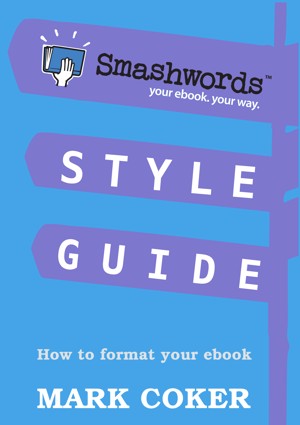
SmashWords Style Guide
An excellent guide. SmashWords use their own program (their ‘meat-grinder’) to convert ebooks submitted to their platform to all major devices. This is the setup guide for their submissions, and is a good overall guide to how to set up and check your files.
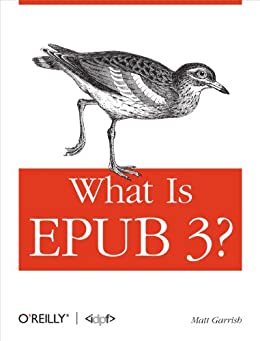
What is EPUB3 by Matt Garrish
This is a very good guide to the new ePub3 standard by Matt Garrish, who is on the standards group. Although there are very few devices yet that can read ePub3 files it is still worth reading the guide now.
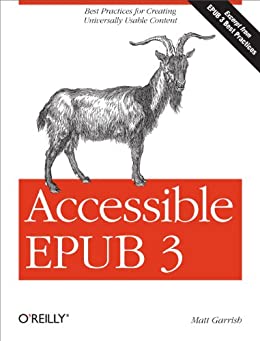
Accessible EPUB3 by Matt Garrish
Again on ePub3 so the devices aren’t really available yet but this is an extremely helpful guide to making the ebooks more accessible or usable by people with some ability to use the reading devices in the standard way.
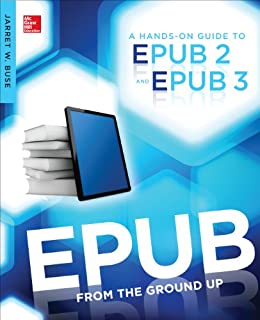
EPUB From the Ground Up: A Hands-On Guide to EPUB 2 and EPUB 3 by Jarret Buse
This covers ePub2 and CSS, and a bit on ePub3 and HTML5. Although initially disappointed in this book, mainly as it didn’t have the values we needed to check at the time, in the end we found it was useful and overall a worthwhile investment. It isn’t comprehensive but has enough information to get you going and points you to some very useful tools – largely free or donation based ones.
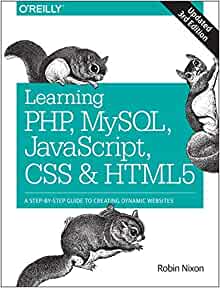
Learning PHP, MySQL, JavaScript, CSS & HTML5 by Robin Nixon
This is really for website developers, but the CSS and HTML bits are useful. And the HTML5 can be useful when building ePub3 files in the future.
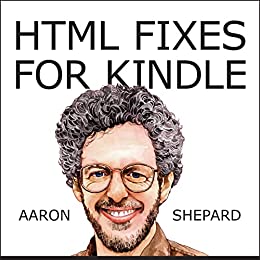
HTML FIXES FOR KINDLE by Aaron Shepard
Even though this is for Kindle and not for EPUB it is still useful as it contains some workarounds to consider if things don’t display correctly. But you have to decide for yourself if the workaround is worth doing, or if it is a quirk of a particular device, or of that device’s operating system at that particular time.
Originally posted on wordpress.com on 08 July 2014.
Six years in and the understanding we achieved of ePubs by reading the above still stand us in good stead. All these booksare all still relevant. Probably the most useful were the Smashwords Style Guide and ePUB from the Ground Up. We also now use Google Search to find the relevant formats in the standards on idpf.org.

